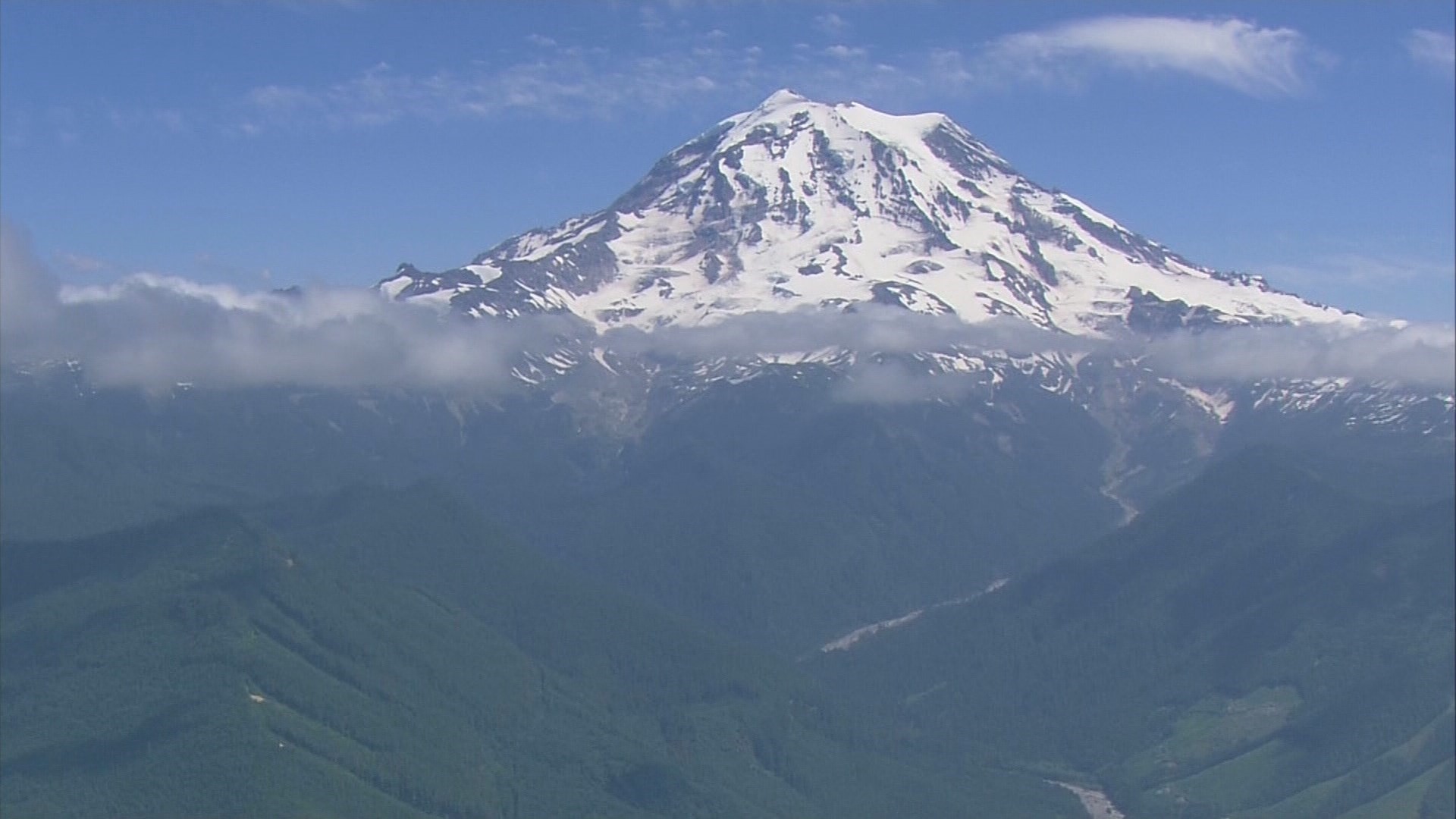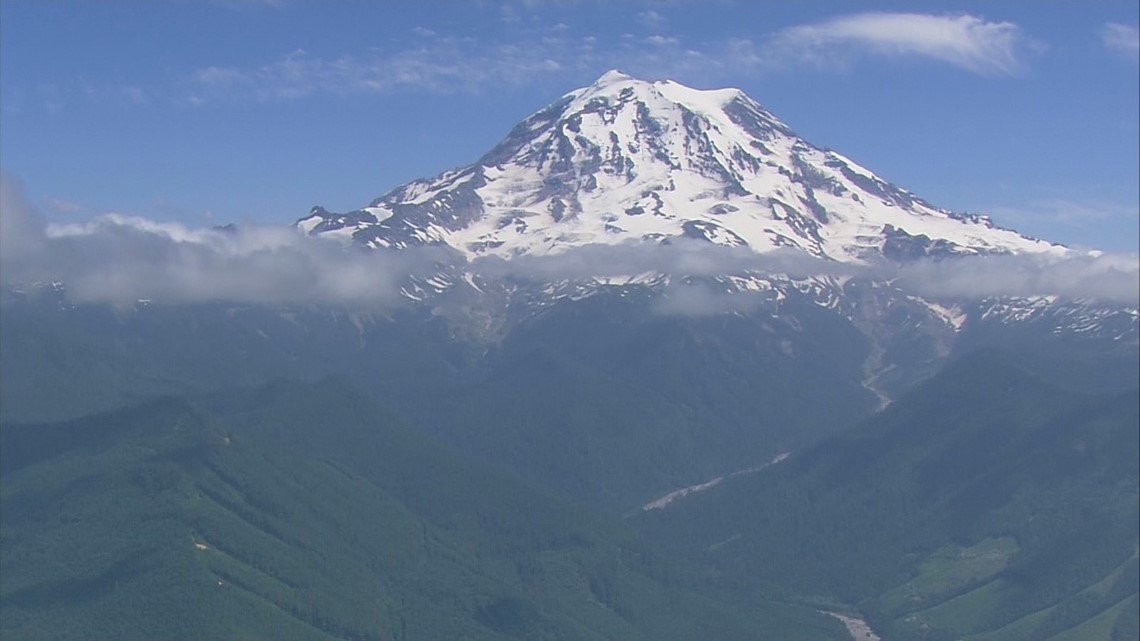My attempt to summit Mt. Rainier
Jose Cedeno recounts his three full days climbing Mt. Rainier. #k5evening

Prepping for the climb
First off, you've got to get fit
Why did I pick the challenge of climbing Mt. Rainer? Well, why not?
It was by far the most extreme challenge I've ever done, it was very scary, and very hard, and it was the adventure of a lifetime.
Kevin Kayl, from International Mountains Guides (IMG) says, "You can hear it 100 times what it's like to climb that mountain, or how it hard it was, but you don't get to experience it until you're there." This is truth.
Mt. Rainier is one of the largest and most challenging endurance climbs in the United States. It is the most imposing glaciated peak in the lower 48 States and has long been a premier training ground for experienced climbers.
IMG's Ryan Dougherty says, "It's got everything that you want from a mountain to train for the big peaks of the world, it's got glaciers, it's got big storms, it's got mountain weather, it's got elevation."
It's a climb that demands good physical fitness, but it's is not an easy - no matter how fit you are. You'll want to arrive in the best shape of your life. Each day climbing Rainier consists of at least five hours of steady climbing at altitude, with a rate of ascent close to 1000 ft/hour, and you're carrying at least 40 lbs. on your back.
My training plan consisted of hiking for extended periods of time with cardio training three times a week for 40 minutes or more as International Mountains Guides suggested. Sometimes, they say, people should start training a year in advance. A moderate level of physical fitness is the minimum.
"You want to be able to walk up about 1,000 feet of vertical an hour," says Ryan, "What you want to shoot for is being able to carry that 40-lb pack uphill walking on rough terrain up and down, especially in the snow."
IMG's Nathan Berry says, "You have to have a lot of muscular endurance in your lower body. You have to have a strong back, but I think you have to have a lot of mental fortitude and mental stamina as well. A lot of people who are in incredible physical shape struggle to make it up Mt. Rainier, but have that mental edge, because you can push yourself to do things you never thought you were capable of."
When you make it to a summit of any peak you do, you feel like you accomplished something. But making it to the summit of Rainier is the ultimate prize.
Climbing the mountain
Pack it up and climb, climb, climb.
The first thing IMG did when I arrived was a full gear check to make sure we had everything we'd need to last us three days. I was also told not to overpack because Rainier does have high rock fall potential, so moving quickly up the mountain is key.
Once all packed, I was finally ready to start the journey. The initial walk started at Paradise and went all the way to Camp Muir, which was about a 4,500 ft elevation gain and took 5-6 hours with only 4 short breaks. Not going to lie, it was an exhausting first haul. But the training and other prep work definitely made it doable.
And that was the end of day one.
When I woke up on day two, I immediately started training (snow school) at Camp Muir. There, we learned the best techniques for trekking the glacier, like how to work together on a rope team. After this, it was time for the next trek to the Ingraham Flats, which is at an elevation of 11,200 ft.
On day three I woke up at 1 a.m. to start the hike for the summit. These routes were by far the hardest of the trip. It was dark and slippery, and I tell this adventure just got a lot more dangerous.
"Mount Rainier has glaciers they're kind of rivers of ice -- and the rapids are where crevasses form. If you happen to fall into one, you got to be able to get out, and if you can't it's a problem" says Ryan.
Crossing that crevasse was one of the scariest experiences of the trip.
After that, we started running into some problems. The route was getting too dangerous and riskier than it had been on past climbs. In the end, it was unfortunately deemed unsafe to get to the very top of the mountain.
I was a little bummed we could not complete the trip after all this preparation and three days of walking. But IGM's John Woods said it perfectly: "What's important is not getting to the top, it's getting home."
--- JC.


International Mountains Guides provided instruction, inspiration, coaching, and equipment for this story.
KING 5's Evening celebrates the Northwest. Contact us: Facebook, Twitter, Instagram, Email.
